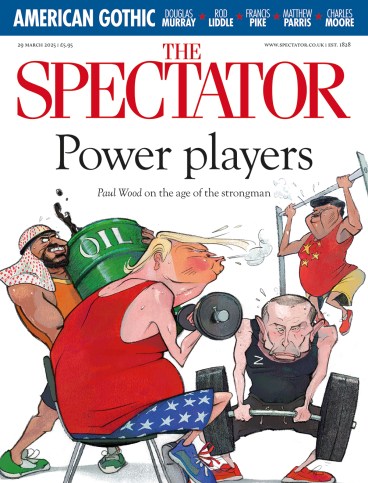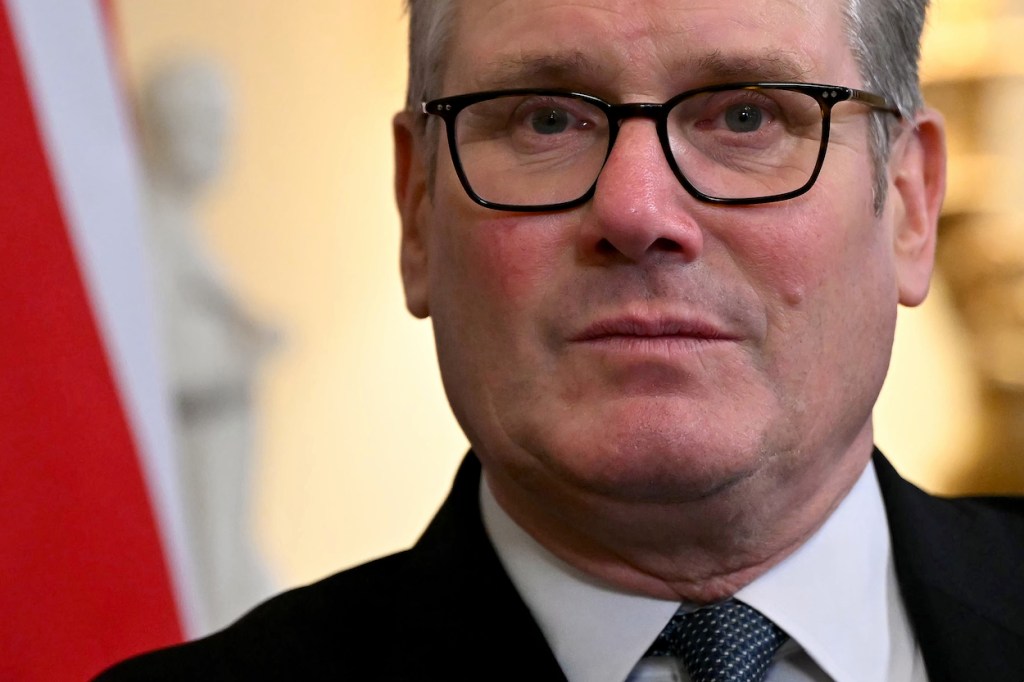
The second world war was won in the cafés of central Europe – the intellectual milieu that produced Edward Teller, Leo Szilard and Eugene Wigner, and before them Albert Einstein. But even though America was an alluring destination, many of the 1930s escapees from Nazism ended up in Britain. There were scientists in their number, too, but Owen Hatherley concentrates on the newcomers’ effect on how post-war Britain looked. He examines their role in photography and film; in the design of printed books; in art, especially public art; and in architecture and town planning.
Perry Anderson’s 1968 essay ‘Components of the National Character’ was dismissive of the impact of the diaspora. In his view, the central Europeans who settled here were drawn by the country’s parochialism and provinciality. Anyone who had anything more radical to offer went elsewhere, and it was only those who were in tune with reactionary Britain who flourished. By this argument, the contribution of the migrants to the national character was at best nugatory, at worst negative.
Hatherley’s book is essentially an extended response, and part rebuke, to Anderson. In terms of academia, Anderson may have been correct – Karl Popper, for example, with his rejection of systemisation in favour of pragmatism, gave a continental seal of approval to a way of thinking that was innately conservative. But Hatherley’s argument is that, as well as the bourgeois Austrians of the academy (which Popper, for all his early enthusiasm for the Austrian Social Democrats, unquestionably was), Britain offered artistic refugees from ‘Red Vienna’ – and elsewhere – a home.
In architecture, for example, Bernard Lubetkin and Ernö Goldfinger brought modernism to the masses. Lubetkin, born in Tblisi and trained at the Russian state art school in Moscow, arrived in the UK on fake Polish papers; his parents were taken from the Warsaw ghetto and killed in Auschwitz. His designs range from Highgate’s Highpoint Flats to two now disintegrating but once much loved pieces of zoo architecture: the Penguin Pool in Regent’s Park and Dudley Zoo (where my grandfather, newly escaped from Breslau, was scientific adviser).
Goldfinger made his way from the barricades of Budapest to Paris, where he married Ursula Black, a condiments heiress. His Trellick and Balfon towers, built in the mid-1960s, epitomise Brutalism in social housing (albeit social housing where right-to-buy flats now sell for seven-figure sums). His Willow Road houses in Hampstead, completed in 1939, attracted horrified local opposition from Ian Fleming and Henry Brooke, but now, as Hatherley correctly judges, feel ‘an entirely comfortable part of the area, and one of those examples… of the British intelligentsia having their cake and eating it’.
The distinctive visual style of magazines was realism – but not Soviet – with a topnote of the surreal
The third key figure in architecture was Nikolaus Pevsner, whose series The Buildings of Britain for Penguin celebrated sobriety and restraint in contrast to imperial bombast or continental systematising. But Pevsner was also central to a parallel story: the revolutionising by émigrés of British publishing. The Viennese Wolfgang Foges and Walter Neurath set up long-running series, such as ‘Britain in Pictures’ for Collins and King Penguins, and then the publishing house Thames & Hudson. Phaidon was originally an Austrian publisher, relocated to London as late as 1938. Jan Tschihold’s Constructivism informed the distinctive design language for Allen Lane’s Penguin imprint.
Magazines also took cues from central Europe: Stefan Lorant essentially recreated his Munich and Budapest publications Münchner Illustrierte Presse and Pesti Naplo as Weekly Illustrated, Lilliput (with satirical photocollages by Walter Trier) and Picture Post. Their distinctive visual style – realism, but not Soviet, with a topnote of the surreal – was powered by German, Austrian and Hungarian photographers, from Bill Brandt to Kurt Hutton and Felix Manto Gerti Deutsch.
The book’s encyclopaedic nature flattens the relative cultural weight of its various subjects – the cursory treatments of Alexander Korda and Emeric Pressburger in the film chapter, for example, add little that is not already widely known – but many of the minor characters are fascinating. The sociologist Ruth Glass, for example, came of age in the bohemian journalistic scene of 1930s Berlin. (Hatherley misleadingly cites Eric Hobsbawm as saying that she lost her virginity at the Romanisches Café; in fact all he said was that her partner was a ‘prominent figure from its tables’.) At University College London she studied and celebrated the daily life of cities in loving detail, coining the phrase ‘gentrification’.
The concluding chapters are melancholy. For all that the émigrés shaped the look of post-war Britain, that influence is waning. The progressive civic nationalism of Glass and Goldfinger is out of tune with the times. Weimar culture – invisible in Britain in the actual 1920s – had a belated moment half a century later with Cabaret, and then as an aesthetic influence on post-punk. But the 1970s also saw the rise of what Hatherley views as a ‘cruelty that settled into British political culture’. He ends his tour in Newport, with a visit to Hans Feibusch’s murals for the half-derelict south Wales town’s civic centre, transforming it into ‘a monument to public luxury’. The generosity of this provision, a recognition of Britain’s role in saving the artist and his fellows from fascism, is one ‘we need to rediscover today, before it is too late’.







Comments